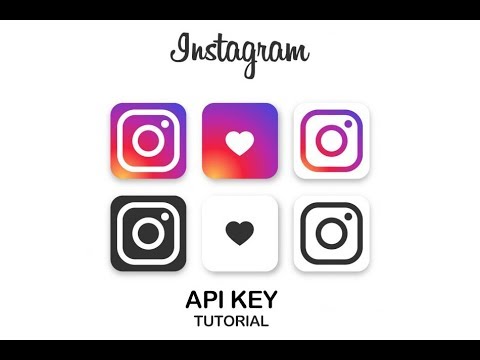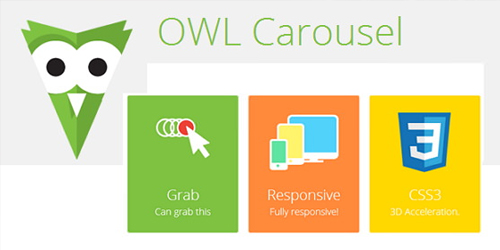Today, most of the internet traffic comes from mobile devices. If your site is not mobile compatible, your risk of losing visitors is very high. Fortunately, thanks to the flexible structure of WordPress, it is quite easy to increase the mobile compatibility of your website.
Choosing the Right Theme
The foundation of mobile compatibility starts with choosing the right theme. Although the majority of WordPress themes now have a "responsive" design, not every theme performs equally well.
- Speed and Performance: Mobile devices can often operate at lower internet speeds. Therefore, it is important to choose a lightweight and optimized theme.
- Popular Responsive Themes:
- Astra: Light and fast. It is specifically optimized for mobile devices.
- GeneratePress: A performance-oriented theme.
- Neve:< /b> Mobile friendly and easy to customize.
When choosing a theme, be sure to test the demo version on mobile devices. Check how menus, images and texts adapt to the screen.
Improving Mobile Experience with Plugins
If you want to add some features specific to mobile devices, plug-ins are great. It may be helpful.
- AMP (Accelerated Mobile Pages): This technology used to increase mobile speed is supported by Google. You can easily add AMP support to your site with the AMP for WordPress plugin.
- WP Touch: A simple and effective plugin that creates a custom theme for mobile users.
When using plugins, be careful to choose lightweight options that will not reduce site performance.
Meeting Google's Mobile Compatibility Criteria
Test your mobile compatibility Google's Mobile-Friendly Testing Tool is a great start. is the point. The tool measures how your site performs on mobile devices and makes suggestions for improvement.
Some of Google's criteria include:
- Speed: Mobile sites speed is intolerant about it. You can test your speed with the PageSpeed Insights tool.
- Touch Compatibility: Buttons and links should be large and far enough apart to be easily touched.
- Visual Optimization: High-resolution images may load slowly on mobile devices. Optimize your images by compressing them with tools like TinyPNG.
Menu and Navigation Design
Menu design is of great importance to improve user experience on mobile devices. Due to the small size of the screen, drop-down menus (also known as hamburger menus) are frequently preferred.
Showing fewer pages and categories prevents users from getting lost in the menu. Also, avoid animations or unnecessary effects in menus to increase navigation speed.
Mobile Compatibility and SEO
Mobile compatibility is critical not only for user experience, but also for SEO. Google's "mobile-first indexing" policy reflects performance on mobile devices directly into your rankings.
- Mobile-Friendly Meta Descriptions and Titles: Keep your descriptions short as shorter space is shown on mobile devices. and keep it effective.
- Cache Plugins: Plugins like WP Super Cache or W3 Total Cache to improve mobile performance
Mobile Compatibility The Future
Optimizing your website for mobile devices is no longer an option, but a necessity. As technology advances, more users will access the internet from their mobile devices. So make sure your site is always fast, stylish and easy to use.




